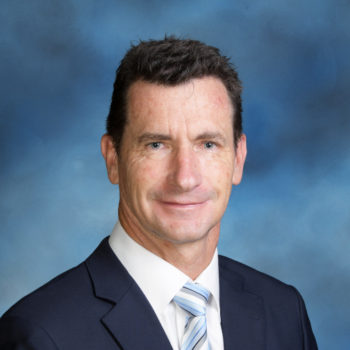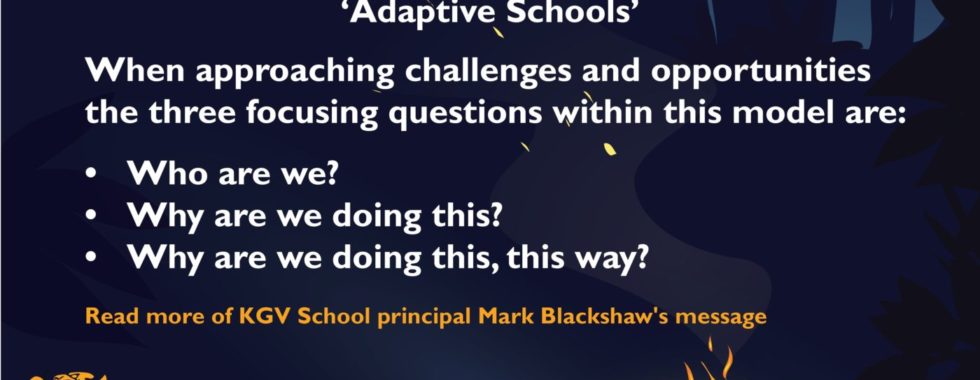Message from the Principal
Building small campfires!
This week I had the opportunity to attend a workshop with a small group of KGV school colleagues entitled ‘Adaptive Schools’. An Adaptive School is one that can change form and respond quickly through a process of collaboration and inquiry. When approaching challenges and opportunities the three focusing questions within this model are:
- Who are we?
- Why are we doing this?
- Why are we doing it, this way?
I have previously written about our work to become a ‘professional learning community’ in which our KGV School staff work in continuous cycles of collective inquiry to achieve better results for the students that we serve. This workshop allowed us to explore ways adults can work together to share ideas and improve what we do for our students.
Like many workplaces, we have a lot of meetings! Some meetings are quite productive and some can be a waste of time. Sometimes we joke that adults would rather go to the dentist than attend a poorly run and unproductive meeting!
As a learning organisation we are determined to become more productive and focused when we meet, collaborate and learn together. This comes down to ensuring our collaboration has:
- a clear purpose
- set standards of behaviour
- engaging and productive collaboration and brainstorming strategies
- set ways to make decisions
- reflection on how we can behave better as individuals and in groups
The workshop made us reflect on our leadership behaviours and how we influence others in an organisation. We spoke about ‘campfires’, a strategy that brings people together in a small ‘campfire’ atmosphere to dialogue around a specific issue. Our facilitator told us a story about the indigenous peoples in North America, and how they build small fires to draw people in, encourage people to sit shoulder to shoulder, and to connect and socialise.
Growing up in Australia, once or twice a year we got to build a campfire, which, for some reason, always ended up being a ‘bonfire’ – an enormous heap of every piece of cardboard and broken tree we could find. When we finally lit the fire, we stood back about ten metres in a big circle, shielding our faces until the fire slowly burned down enough for us to gather ‘round and see who else had turned up! However, unlike the small campfires of the North American indigenous peoples, our bonfire had the opposite impact: they made it difficult for us to associate with each other and engage in real conversation.
The ‘campfire strategy’ that we will employ in classrooms and meetings going forward aims to bring small groups of adults and/or students together to sit shoulder to shoulder to dialogue and solve problems. Our goal is to have increasing levels of commonality in the way we learn across our school, in and out of the classroom. Whether we are a student, teacher, parent or at the workplace, we all learn the same way: often in small groups, connecting, engaging, sharing, supporting and challenging each other.
Interestingly, our ancestors have been building small campfires for thousands of years. It might be time to rediscover this as one strategy to help share knowledge and build community!
I hope all our students enjoy the mid-term break. We are looking forward to seeing our students back on Monday 22 of October.
Kind regards

Mark Blackshaw
Principal
King George V





